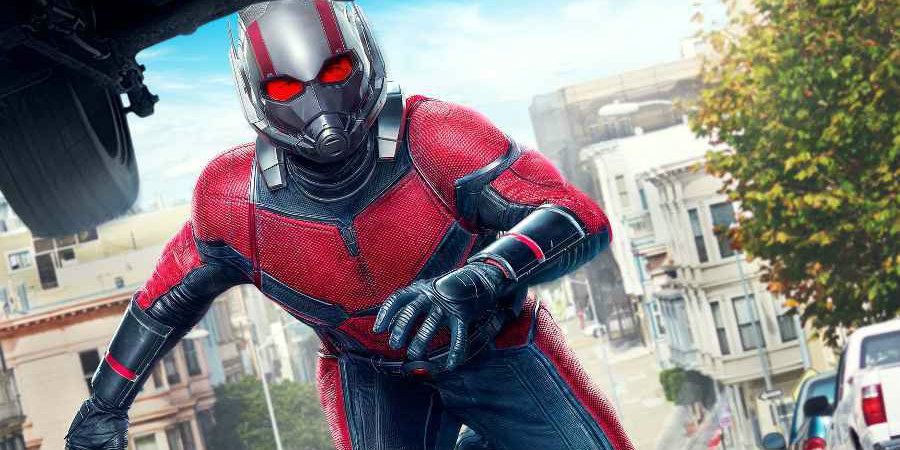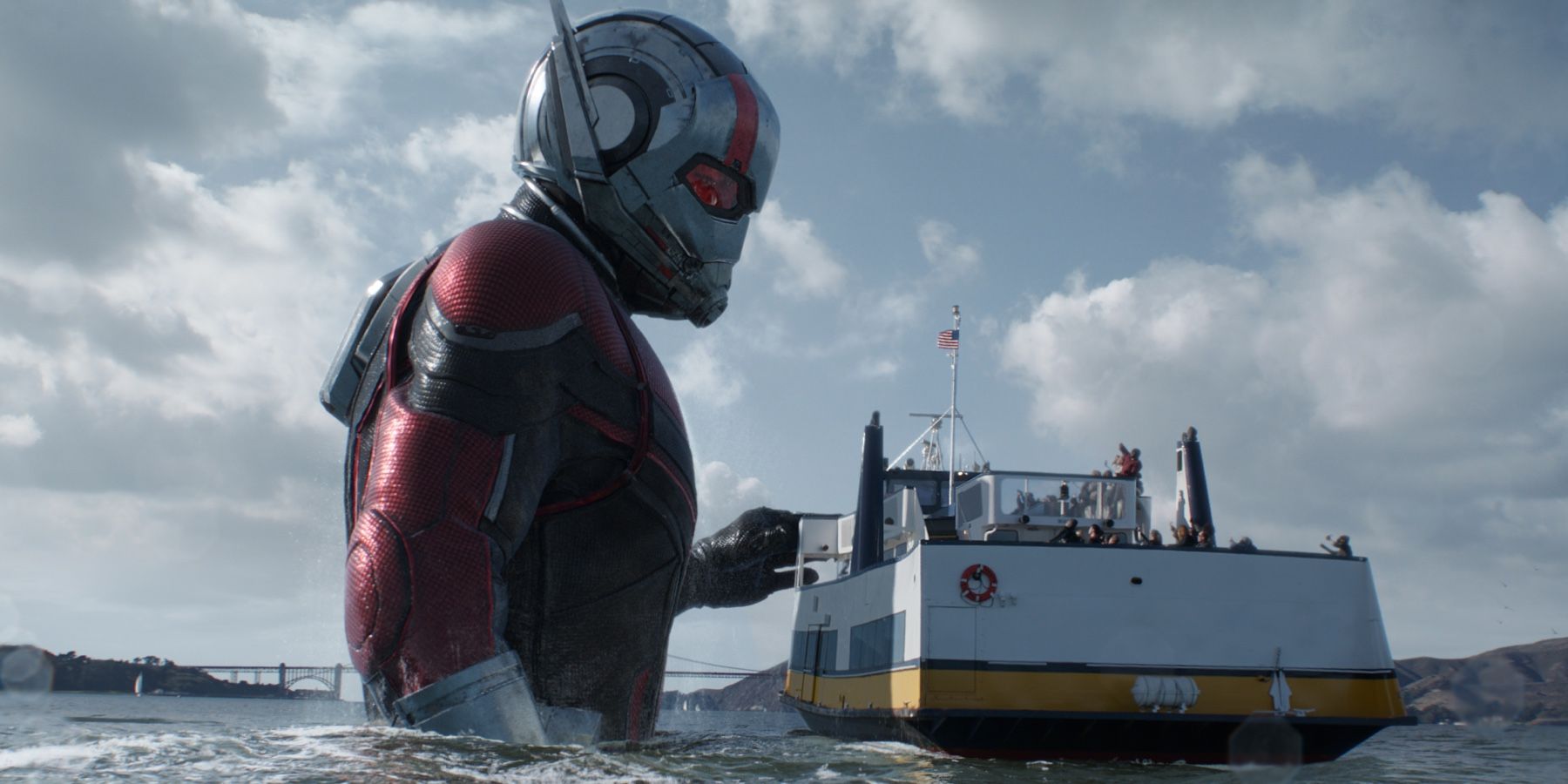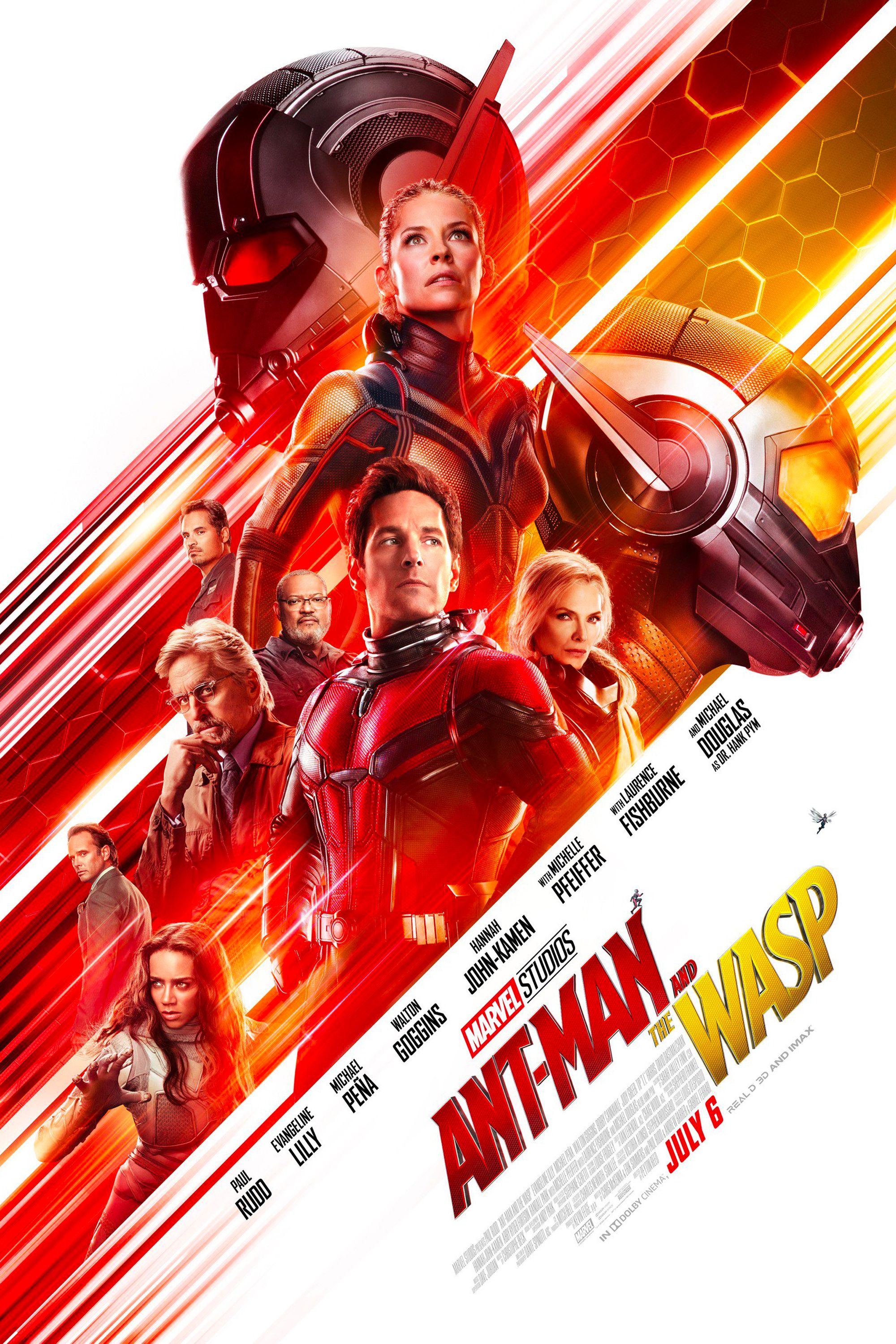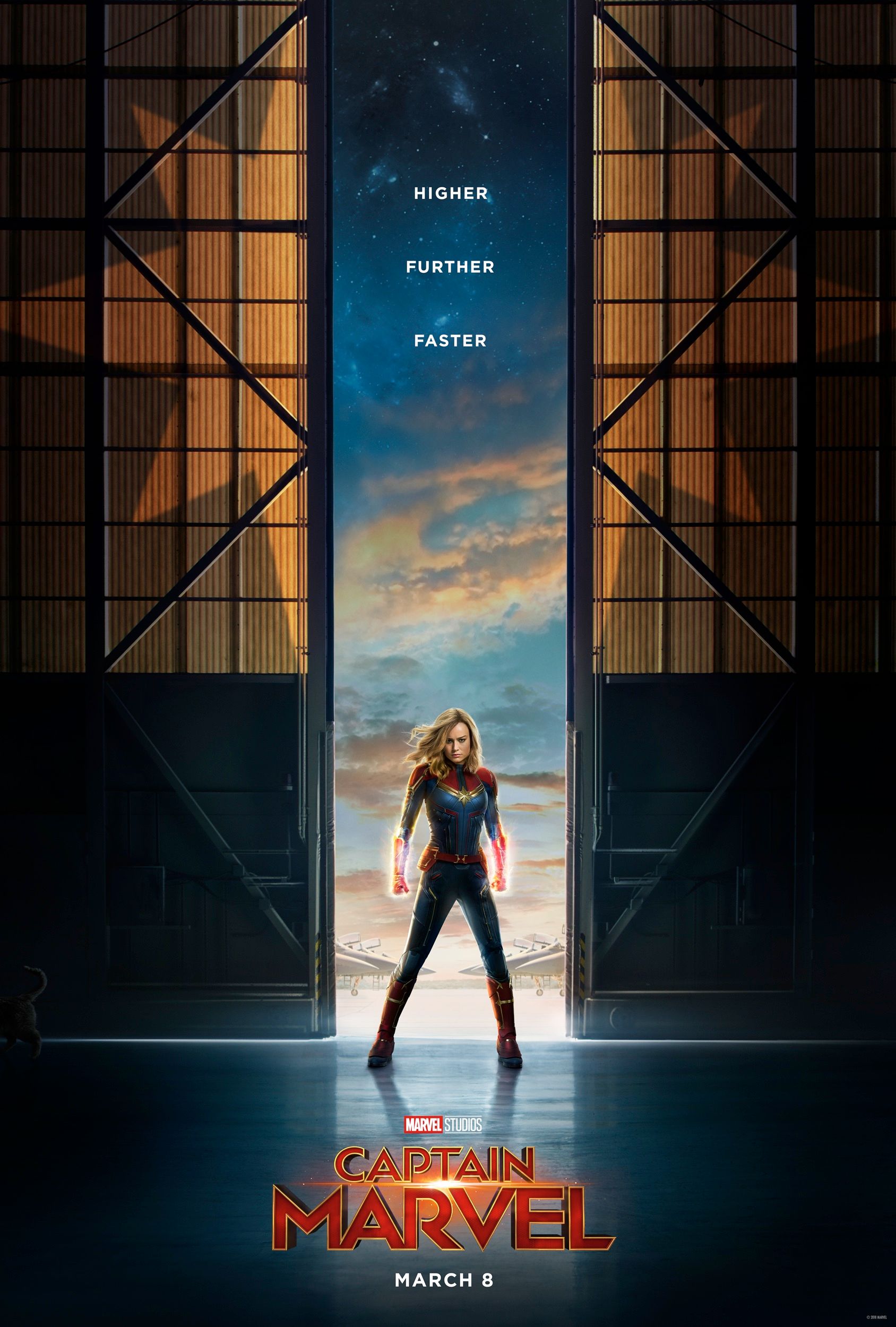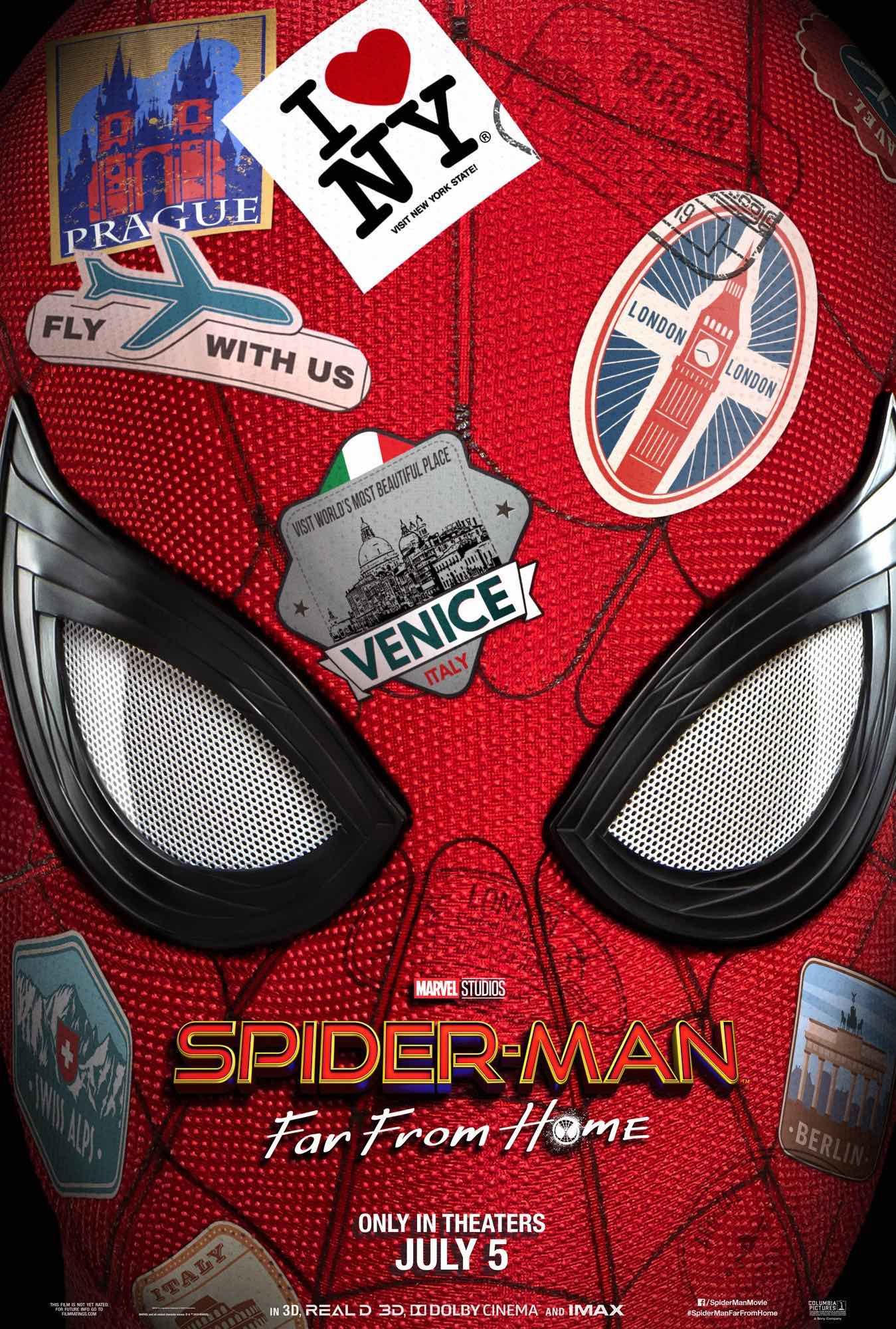Ant-Man & The Wasp director Peyton Reed says 1980s crime/comedies After Hours and Midnight Run inspired the film's ticking clock story. The Ant-Man sequel find its heroes in a race against time, and not just because it takes place in the lead-up to Avengers: Infinity War. For starters, Scott Lang is under house arrest after the Berlin "incident" from Captain America: Civil War. Meanwhile, Hope van Dyne and Hank Pym are on a mission to rescue the original Wasp, Janet van Dyne, from the Quantum Realm at last. And while they don't know it yet, the threat of Thanos looms over everyone's head.
With only a small window of time to rescue Janet and avoid getting Scott into even more trouble, the heroes set out on an adventure that takes place over (somewhat literally) "one crazy night" in the Ant-Man sequel. Director Peyton Reed, who also helmed the first Ant-Man, told us more about the sequel's premise on the Ant-Man & The Wasp set and how it sets the film apart form its predecessor - itself, a heist movie set in the Marvel Cinematic Universe.
Related: Ant-Man 2 Stars Reveal Where They Were During Infinity War
Reed told us that he wanted Ant-Man & The Wasp to have a different genre quality to it than the first Ant-Man, which is where its "one bad night" setup comes into play. He also said that the premise allowed him to set the story in and around San Francisco, which he noted is largely unexplored territory in the MCU (since the first Ant-Man mostly used the city as a backdrop to its story). As such, Reed looked to a pair of classic '80s movies for inspiration:
Well, in terms of when we first started talking about what Ant-Man and the Wasp would look and feel like and the kind of movie we wanted to make, I definitely started talking about things like After Hours and Midnight Run and these things where there’s a lot of forward momentum and it’s, you know, there’s almost a road movie quality to the movie in that way.
The first movie because it was an origin story, you know, a lot of it took place sort in Hank Pym’s house and these things, and I just wanted to open the movie up and get out and take advantage of San Francisco, because that felt like a different texture for the MCU that, that Ant-Man sort of occupies this corner of the universe, you know, and we wanted to really get outside and explore those elements. And the urgency was really about trying to graft this idea of sort of a search and rescue movie onto that where there was this ticking clock and for whatever scientific reasons if they were going to go, perhaps, look for Janet van Dyne, how do you go about doing that? And it’s an impossible thing, scientifically, but also, if there’s urgency and there’s maybe a window of time they have to do it, it’s about collecting the people, the things, everything they need to do that.
Ant-Man & The Wasp further introduces a number of shifty characters into the mix, which Reed told us was essential to what he was going for. He and the movie's other creatives likened their approach to an Elmore Leonard story (a la Get Shorty), in that respect. Reed also noted that the time jump between Ant-Man films allows the sequel to really change the status quo, when it comes to the first movie's characters and what they're up to now:
We also liked the idea of having, you know, the first movie really, the template was more of a like a heist movie and this we wanted to be a little more of, you know, an Elmore Leonard vibe, where we have villains, but we also have antagonists and we have these roadblocks to, to our heroes getting to where they need to be. And getting what they need for this mission, so it felt like this sort of - little more chaotic comedy and action in the movie felt like a good next step for Ant-Man and the Wasp and I also really liked that - I like when you’re doing a sequel or a next movie - I always like the ones where the starting off point, the jumping off point for the characters is different than when you left them.
And again, I know that everyone who’s ever made a second installment of something refers to the Empire Strikes Back as the gold standard, but as a kid, I was sixteen when that movie came out and I loved that sort of - they really leapt ahead. The heroes are somewhere else now and the audience has to kind of catch up to what’s going on and what happened and they’re forwarded in terms of their character, but also in terms of their circumstances and that felt like something we really wanted to do. It also felt like because of what happened with Scott Lang in the brief time he’s in Civil War, we couldn’t ignore those circumstances. And for our jumping off point, my first questions were ‘What did Hank and Hope know about Scott going off and dealing with that situation with The Avengers? And did they know about it? How did they feel about it?’ And surely, this would have caused some kind of tension at worst and, and rift at best between the characters. Because Hank Pym’s very clear in the first movie about how he feels about Stark and how he feels about The Avengers and being very protective of this technology that he has, so that seemed like a really ripe sort of place to start in terms of the character development.
"Tension" between the heroes, as Reed mentioned, is a key ingredient of race-against-the-clock action/comedies, fittingly enough. Since Ant-Man & The Wasp can't compete with other recent MCU films in terms of scale, this sounds like a smart way to keep things exciting in the film without the world-ending stakes of an Infinity War or Thor: Ragnarok. The setup is also very different from the first Ant-Man, yet it continues to expand on that movie both thematically and in a world-building sense. So long as the execution is up to snuff, Ant-Man & The Wasp should make for both a solid MCU sequel and sturdy bridge between Infinity War and the films that came before it.

